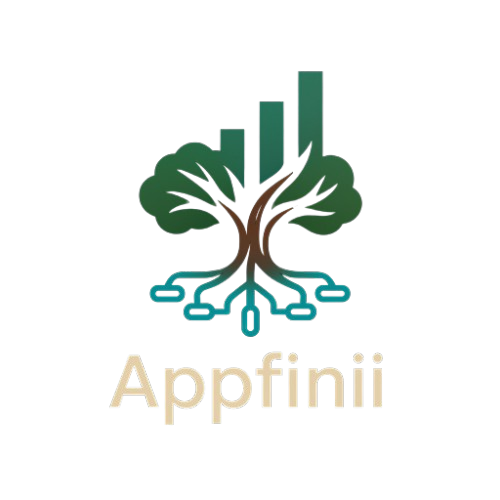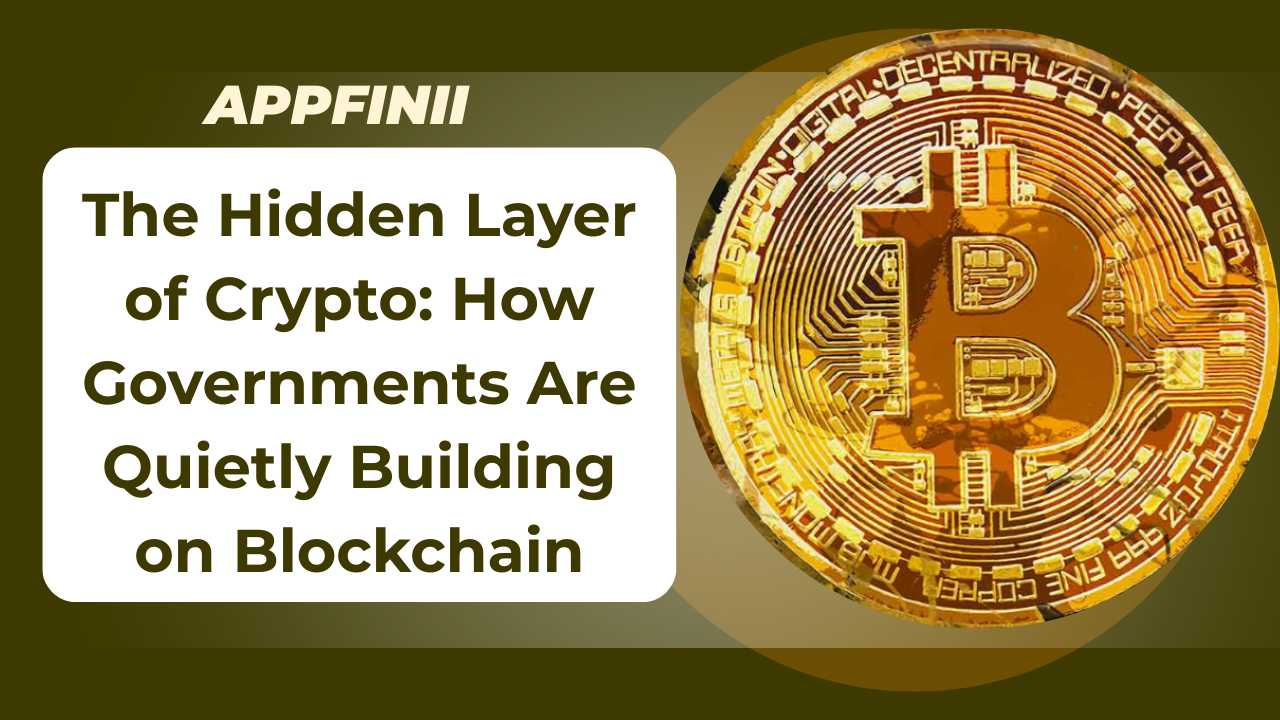In the loud world of cryptocurrency—where social media influencers, traders, and startups often dominate the headlines—one group has been quietly making strategic moves behind the scenes: governments.
While the mainstream conversation often focuses on regulations and bans, what remains less discussed is how various governments around the world are already embracing blockchain—not just as regulators, but as builders. This quiet revolution is unfolding behind closed doors, and understanding it can help you position yourself ahead of the curve.
Why Governments Are Interested in Blockchain (But Not in the Way You Think)
When people think of government involvement in crypto, they often imagine enforcement—bans, crackdowns, and regulatory frameworks.
But in reality, many governments see blockchain as a powerful tool, especially in the areas of:
- Financial transparency and efficiency
- Identity verification and civil registries
- Cross-border payments and remittances
- Anti-corruption and data traceability
Rather than adopting volatile coins like Bitcoin, governments are instead focusing on the technology that powers it—blockchain itself.
Examples of Governments Quietly Using Blockchain
Let’s explore some real-world instances where this trend is already happening:
1. China – Digital Yuan and Blockchain Service Network (BSN)
Despite banning crypto trading and mining, China is one of the world leaders in blockchain adoption. Their Digital Yuan (also known as the e-CNY) is a central bank digital currency (CBDC) already being piloted across various cities.
More impressively, China has launched the Blockchain Service Network (BSN)—a state-backed infrastructure that allows businesses and developers to build blockchain applications. This is part of their plan to standardize blockchain integration across sectors, from logistics to finance to legal systems.
📌 What to learn: While private cryptocurrencies are banned, China is essentially nationalizing blockchain technology to maintain state control while embracing innovation.
2. Nigeria – eNaira and Blockchain-Based ID Systems
In 2021, Nigeria became the first African country to launch a CBDC: the eNaira. Although adoption has been slow among the public, the government is actively pushing blockchain for other use cases.
Recently, Nigeria announced a pilot program to integrate blockchain for digital identity verification, helping to streamline government services and reduce fraud in national programs like pensions and subsidies.
📌 What to learn: Even in countries with financial instability or skepticism about crypto, blockchain is emerging as a trusted back-end solution.
3. Estonia – Blockchain in Governance and Cybersecurity
Estonia is often called the world’s most digitally advanced government. Since 2008, Estonia has used blockchain technology in healthcare, judicial systems, legislative registries, and even cybersecurity.
Their system ensures that public records are secure, tamper-proof, and transparent, setting a global benchmark for digital governance.
📌 What to learn: Blockchain’s biggest impact may not be financial—it might be bureaucratic. Estonia shows how governments can run faster, cheaper, and cleaner using distributed ledger systems.
4. Brazil – Tokenized Treasury Bonds
In a groundbreaking experiment in 2024, Brazil’s government began offering tokenized versions of their treasury bonds on blockchain. This gives everyday investors easier access to government bonds using digital wallets and smart contracts.
At the same time, Brazil’s central bank is testing a CBDC called “Drex” and partnering with private companies to experiment with DeFi-inspired platforms for wholesale banking.
📌 What to learn: Blockchain is helping governments democratize access to financial products while reducing friction in traditional systems.
5. United Arab Emirates – Blockchain for Smart Cities
The UAE has announced a national strategy called the “Emirates Blockchain Strategy 2021” aimed at migrating 50% of government transactions to the blockchain.
Dubai is already experimenting with smart contracts for visa processing, property registration, and business licensing, creating a blockchain-powered smart city.
📌 What to learn: The future of cities may be blockchain-native, from real estate to public utilities.
What This Means for You
So, what does all this mean for the average crypto enthusiast, investor, or builder?
1. The real battle is in the infrastructure.
The noise around meme coins and price charts often distracts from the real action: blockchain is being normalized by institutions and governments, setting the stage for mass adoption.
2. Not all “crypto bans” are what they seem.
Governments aren’t always anti-crypto—they’re anti-uncontrolled systems. They still want the power of decentralization, but with governance layered on top.
3. Builders should watch the public sector.
If you’re developing blockchain apps, consider aligning with sectors that governments are exploring: identity, land registries, logistics, and tokenized finance.
4. The next bull run could be institution-led.
While retail investors drove the early waves, the next wave could be driven by government platforms, infrastructure adoption, and state-backed solutions.
Conclusion: The Quiet Revolution of State-Backed Blockchain
The irony of blockchain’s journey is that what started as a radical, decentralized protest against centralized control is now being embraced by governments to streamline and improve that very control.
This doesn’t mean crypto has lost its soul—it means it’s entering a new phase of maturity.
For anyone serious about the future of finance, ignoring what governments are quietly building would be a mistake. The smart investor, developer, or entrepreneur will read between the lines and realize that blockchain isn’t just surviving regulation—it’s being recruited by it.




